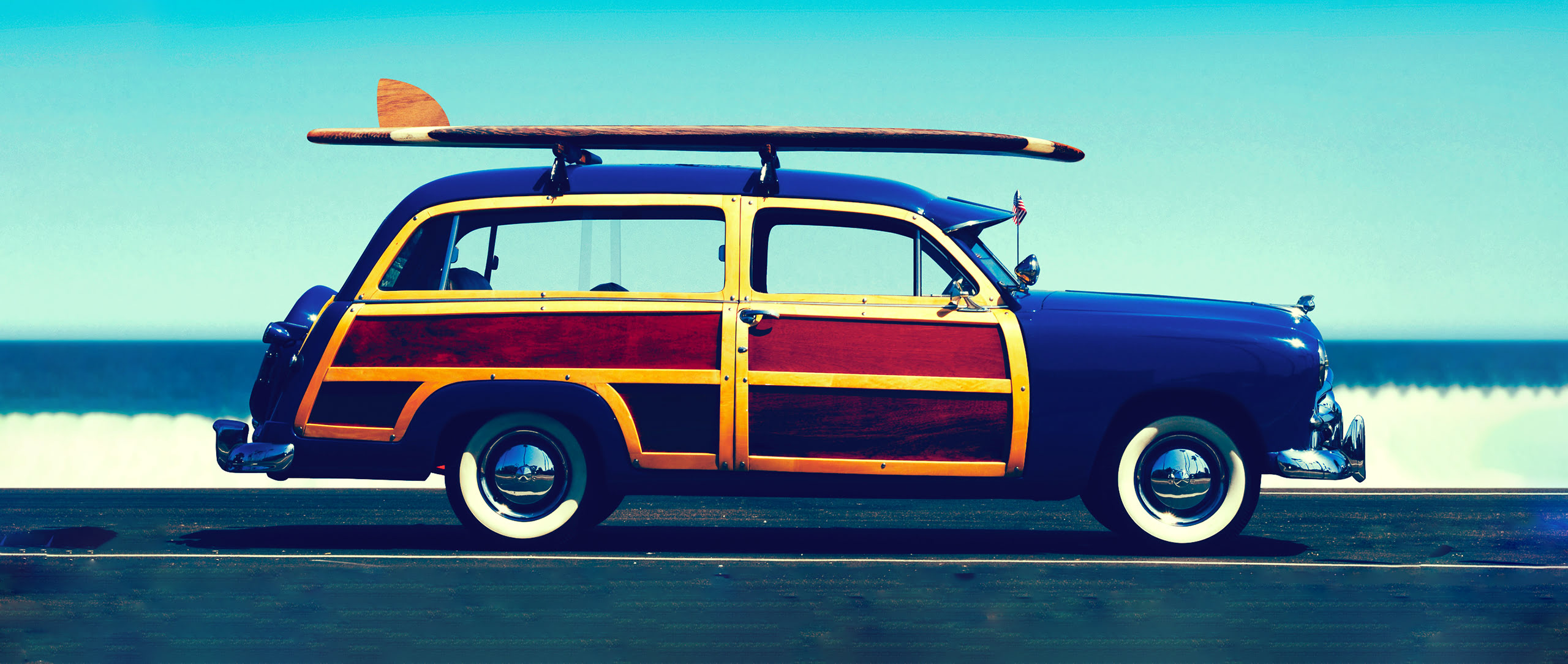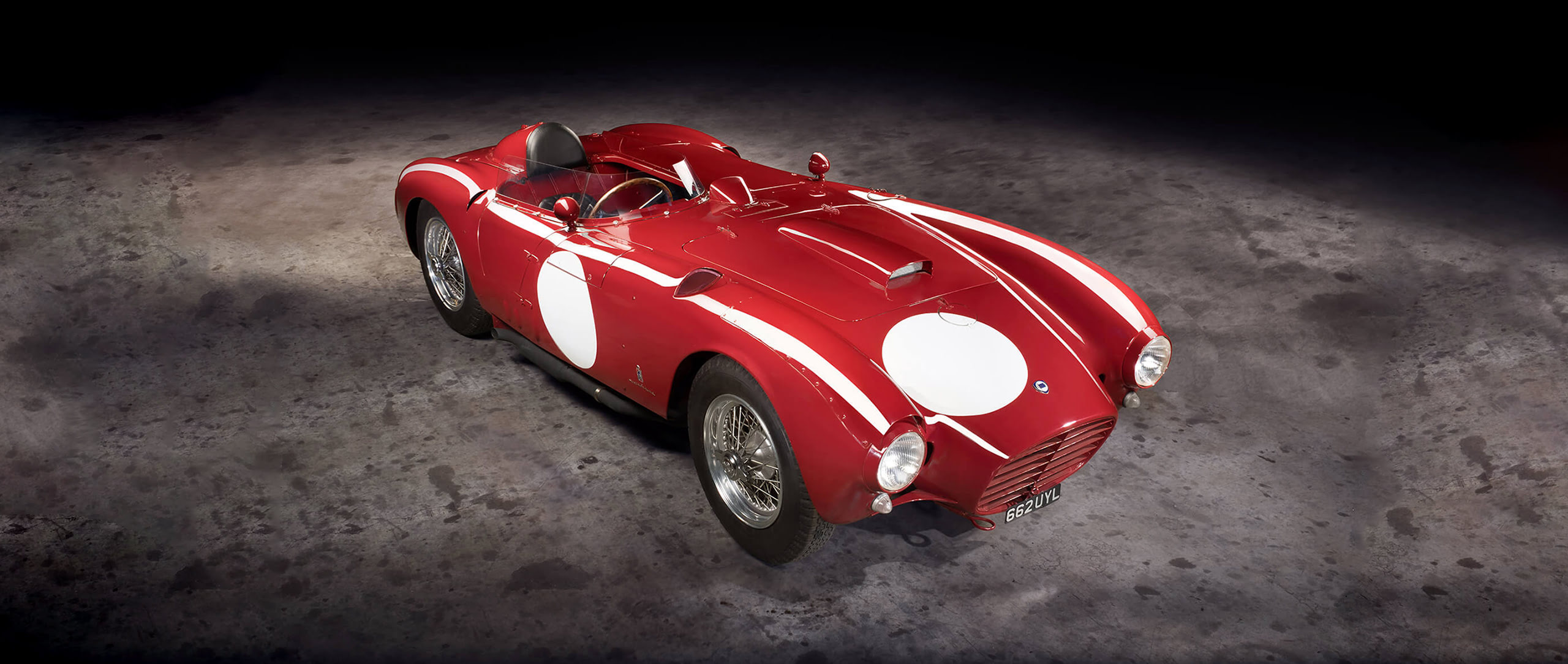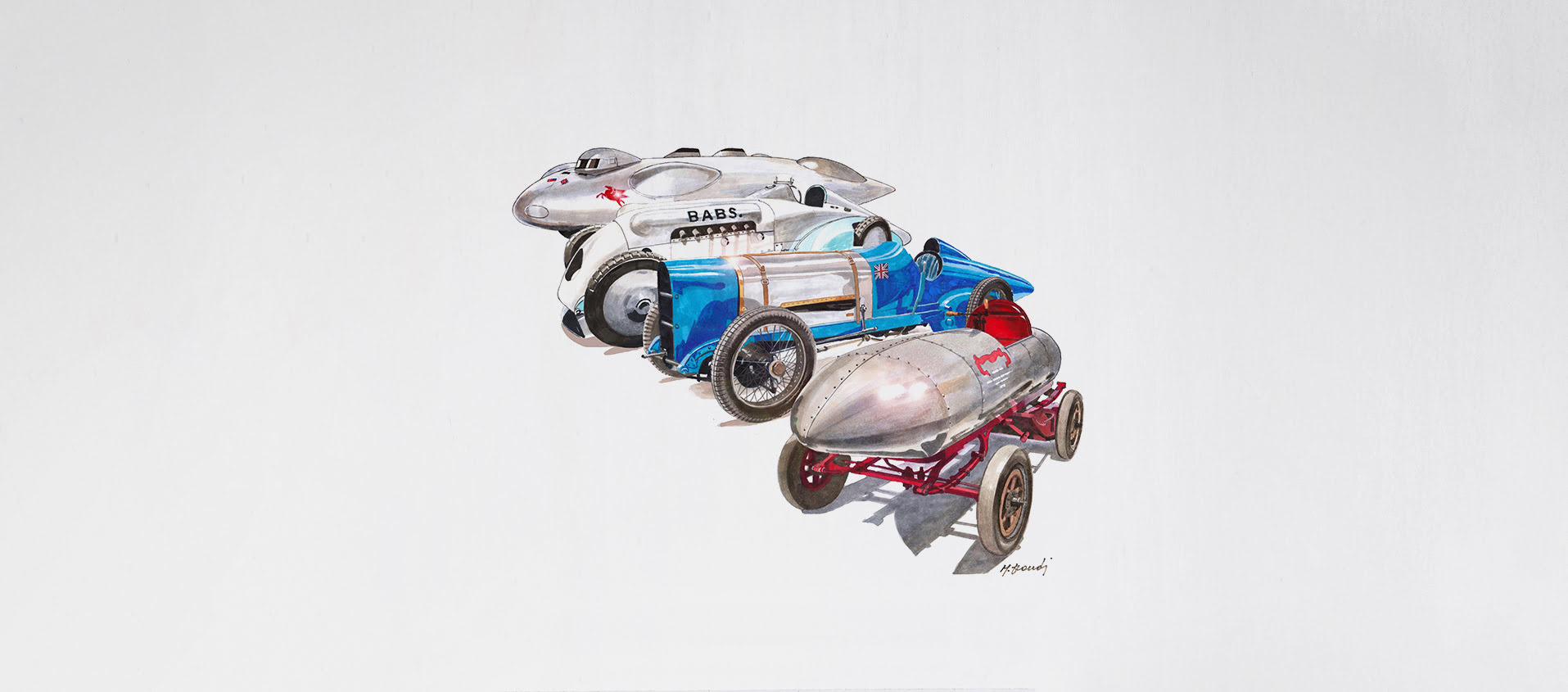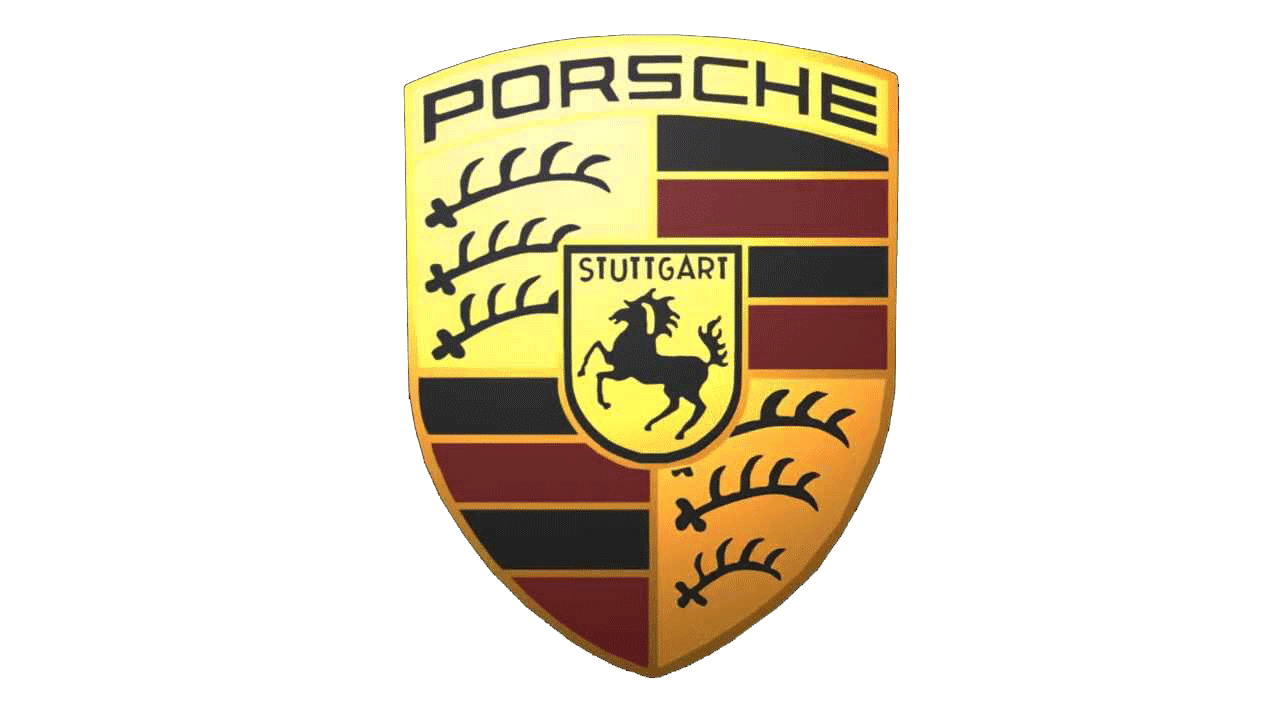The Giant Killer
31 October 2020 1 min read 7 images

The great drive to relaunch the European economy after the Second World War was based mainly on the construction industry and on mass motorization. Up until the 1930s, cars had been a luxury enjoyed only by the rich, and racing drivers came from a privileged and daredevil wealthy elite. With the advent of the cars-for-everyone concept, however, the dream of becoming a racing driver was suddenly within reach of anyone who could get behind a wheel: road races, epitomized by the Mille Miglia, track races and hill climbs attracted the most diverse cars, many of which were modified or converted versions of standard models. Everyone who wanted to drive a car harbored dreams, even unconsciously, of racing glory, be it as a driver or a spectator.
Register to unlock this article
Signing up is free and gives you access to hundreds of articles and additional benefits. See what’s included in your free membership. See what's included in your free membership.
Already have an account? Log In




